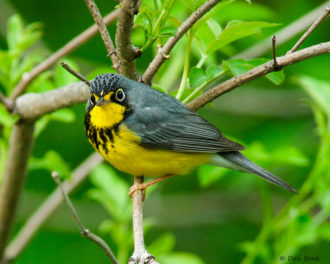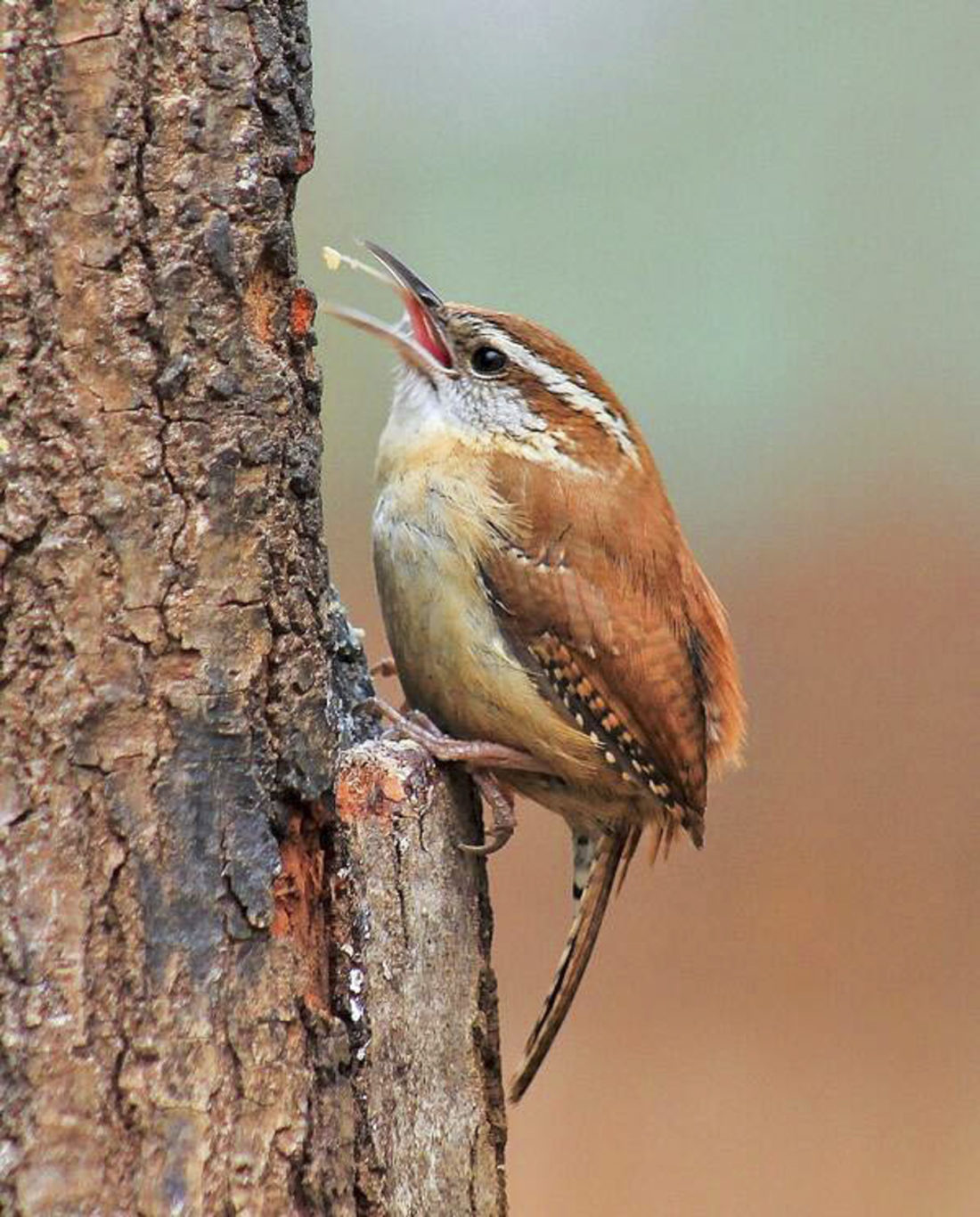More than 470 species of birds have been recorded as native to, wintering in or migrating through North Carolina. Over the next five years, Scott Anderson hopes to find them all.
But the bird conservation biologist with the N.C. Wildlife Resources Commission won’t be attempting that epic feat alone. Starting in March, Anderson and other organizers of the N.C. Bird Atlas hope to engage hundreds of volunteers, together contributing at least 3,000 hours of observations annually, to scour the state from the top of Mount Mitchell to the shores of Cape Hatteras.
The atlas, the first such effort of its kind in North Carolina, will break the state into 937 sections of 10 square miles — covering roughly a fifth of its total land area — and ask birders to record all the varieties they see using the online platform eBird. Watchers will also note bird behavior throughout the year to pinpoint when different species are breeding.
That massively comprehensive approach to birding, Anderson says, is meant to help the NCWRC and its partners, including Audubon North Carolina, the N.C. Natural Heritage Program and N.C. State University, determine just how well species are doing in different parts of the state. With that information in hand, he explains, conservationists can best deploy their limited resources to maintain as many healthy populations as possible.
“We want to hear about everything from your Carolina wren to your peregrine falcon, rare species and common species,” Anderson says. “This atlas effort is designed to find those species that are really on their way down that we haven’t detected before.”
Times of trouble
Anderson points to a 2019 study published in the journal Science that found North America’s overall breeding bird population had fallen by 29% since 1970, a drop of roughly 3 billion individuals. Habitat destruction and degradation, hunting by pet cats and collisions with windows have all taken a toll, even on species that still seem relatively widespread.
And a 2019 report by the National Audubon Society, Survival by Degrees, found that two-thirds of North American bird species are “moderately or highly vulnerable” to extinction as a result of climate change. Nancy Casey, president of the Asheville-based Blue Ridge Audubon Chapter (formerly the Elisha Mitchell Audubon Society), says that many locally beloved birds are among those in danger.

“Here in the Asheville area, common backyard birds like the eastern towhee, as well as so many beautiful migrating birds like the scarlet tanager, are at risk,” Casey says, referencing a national Audubon tool that localizes projected climate impacts. “Scarlet tanagers, like many of the warbler species, make the long trip each year from Central and South America to breed right here on the Blue Ridge Parkway — including close-to-Asheville places like Craven Gap.”
On-the-ground data collected during the bird atlas, says Anderson, will help refine the results of those previous studies and detect species that are already struggling. “Our motto is to keep common species common. The thrust of our efforts is to make sure those species don’t get to the point where they need to be listed as threatened or endangered,” he says.
The data will also provide a benchmark against which future bird counts can be compared to detect trends over time. While researchers can track some changes between years through annual programs such as Audubon’s Christmas Bird Count, the atlas will offer a systematic coverage of the state that hasn’t previously been available.
Looking up
Those interested in joining the effort, says Anderson, should sign up for the eBird platform and email atlas coordinator Chris Smith at coordinator@ncbirdatlas.org. Participants will be divided into regional teams, with most of Western North Carolina falling into region 9.
Casey plans to promote the work through Blue Ridge Audubon’s meetings and social media and is hopeful that many local birders will participate. She suggests that the atlas may benefit from a pandemic-induced uptick in birding that she’s noticed over the past year.
“I’ve heard so many stories: ‘I put up a bird feeder in my backyard,’ or ‘The only way I can get together with my friends is to be outside,’” Casey says, “When things are tough, it’s so great to connect with a more peaceful world, the natural world.”
Jesse Pope, president and executive director of the Grandfather Mountain Stewardship Foundation, says his Linville park, part of a designated Audubon Important Bird Area, will participate as well. He’s also seen more birders enjoying what he calls “a fairly low-risk activity,” even as COVID-19 concerns have caused him to limit volunteers at birding events such as the annual Hawk Watch.
And Anderson doesn’t believe that the coronavirus will significantly hamper the atlas effort. He says other parts of the country have successfully conducted bird surveys since the pandemic’s start; the biggest added inconvenience has been the need for volunteers to travel to sites in different vehicles. Training sessions on the use of eBird and atlas-specific observation goals can be held online, and birdwatching itself is easy to do at a social distance.
“Other states last year have had really great participation, despite having COVID-19,” Anderson says. “I think a lot of people are enjoying more of the outdoors and finding new ways to enjoy the outdoors. I think this is definitely one of them.”



In past six months I have seen weird things in backyard. 1. A pure white Bluejay. 2 a brown hawk med size fly and land by bird feeder and snuck under a bush to hide. 3 . Blue birds that look odd. Not the country we usually see here. I keep looking.